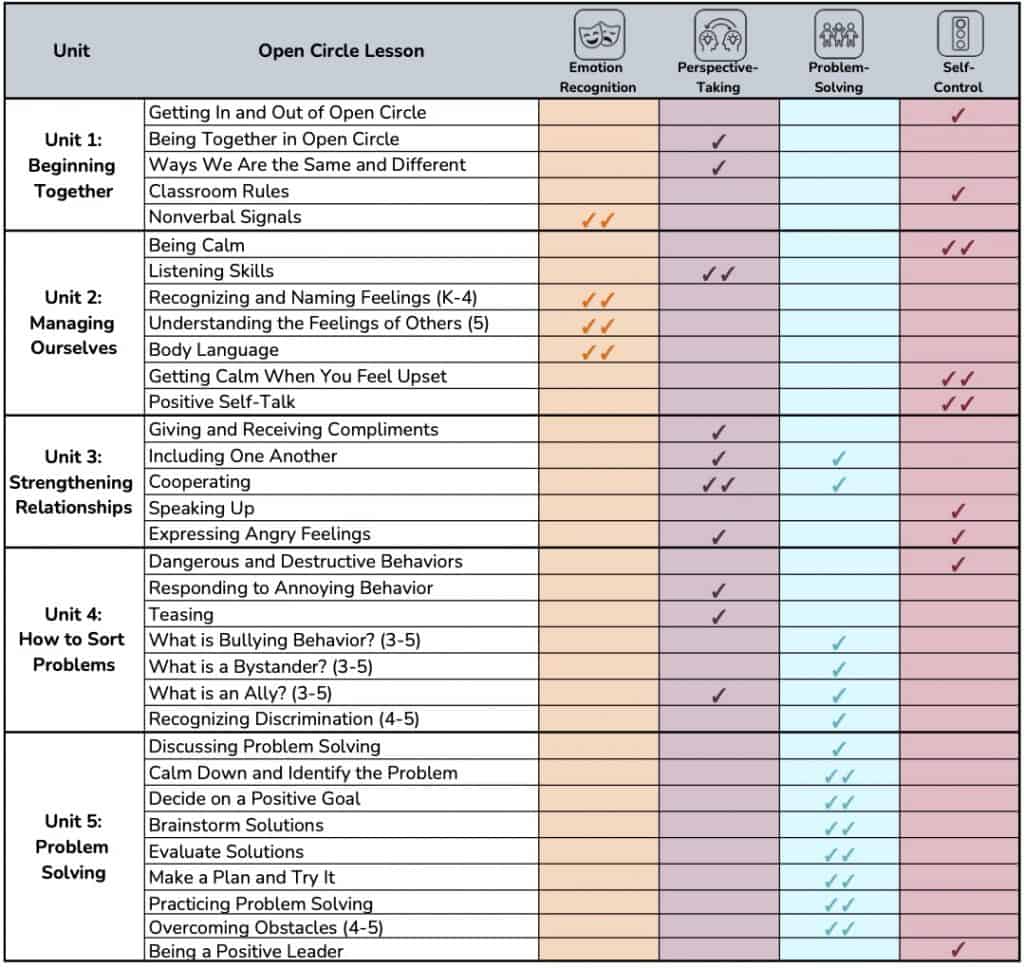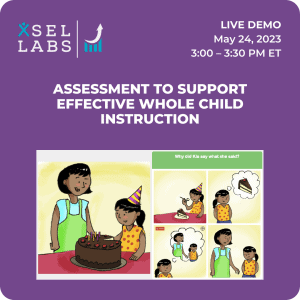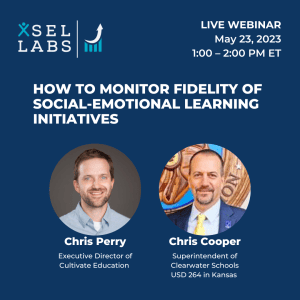We create and offer high-quality social and emotional learning assessments because we believe that SEL assessment can support teaching, learning, and student outcomes. As the saying goes, however, the devil is in the details. So the question is: How exactly do you use SEL assessment to support consistent, effective data-informed instruction?
In my experience, the answer is that it is not that difficult to use SEL assessment data to inform practice, but it does require a commitment to reviewing the assessment results, making sense of those results, and using what you learn to draw up and execute a plan of action.
In my interactions with educators, one thing more than anything else can make it hard to get from data to action: It is often not obvious what action to take based on assessment finding. As a result, even a diligent review of SEL assessment results can leave even the most committed educator unsure how to proceed.
I have been thinking a lot about that problem and in this blog post, and a second one coming soon, I want to highlight resources educators can use to help them span the gap between assessment data and productive action.
SEL Assessment and Structured SEL Programs
Today, we will focus using SEL assessment data in concert with an SEL curriculum. To use SEL assessment for data-informed instruction requires alignment between what the SEL assessment is designed to measure and the targets of instruction in SEL lesson plans. The idea is simple: If you understand the correspondence between what an assessment measures and what each lesson is designed to teach, you can use assessment findings to guide what lessons to teach to whom at what point.
For example, we have developed program alignment documents that clarify the relationship between what SELweb is designed to measure and the targets of instruction in specific lessons in evidence-based SEL programs. The program alignment below shows the relationship between the lessons in Open Circle and the competencies SELweb assesses.

Each row is a lesson. Each column is a competence SELweb assesses for which SELweb produces a score. A check mark means that the competence was a target of instruction in a lesson. Two check marks means the competence was the main target of instruction in the lesson.
In the Open Circle program alignment, a couple of things stand out. First, every lesson is designed to teach at least one of the competencies SELweb is designed to assess. Second, every competence SELweb is designed to assess is covered in multiple lessons.
Using Program Alignments to Guide Decision-Making
Program alignments like this can help educators use SELweb results to guide whole-class, Tier I instruction. Imagine, for example, that you were a teacher using Open Circle and SELweb. Your SELweb results show that social problem-solving is an area of need for many of your students. Referring to the program alignment, you can see that the lessons focused on problem-solving are near the end of the lesson sequence. So it would be useful to discuss with colleagues how you might provide students an opportunity to learn and practice problem-solving sooner than the sequence would otherwise allow. Might you preview lessons? Bring in problem-solving focused supplemental resources? Integrate a problem-solving theme into academic instruction? (We will discuss this more next week.)
The point is that knowing what lessons in your SEL program correspond to what scores from your SEL assessment can focus your discussion of your students’ assessment results, and what you as an educator can do to build on student strengths and address their needs.
Like an academic benchmark assessment, SELweb data early in the year can help you develop a plan to support your students. After a period of data-informed instruction, you can re-assess to measure progress.
Okay, that is helpful for Tier I, whole-class instruction, but what about students who need extra support? More on that in another upcoming blogs post.
Available Program Alignments
When the xSEL Labs team works with school districts who are using a program that is new to us, we routinely create new program alignment documents to aid our district partners in using assessment data to guide instruction. As a result, our library of free program alignments is growing all the time. So far, the program alignments we have developed now includes:
• Empowering Minds
• Everyday Speech
• Harmony
• Leader in Me
• Move this World (update forthcoming)
• Open Circle
• QuaverSEL (coming soon)
• RULER
• Second Step
• Skillstreaming
• SSIS Classwide Intervention Program
As is the case with Open Circle, each of these program alignments shows substantial overlap between the targets of instruction in each lesson, and what SELweb is designed to assess. If you are using one of these programs, SELweb can support the effective use of the program, and can measure student progress in response to instruction.
If you are using a program that is not listed above, and are considering SELweb, we would be happy to speak with you about creating a program alignment for your consideration.
Conclusion
Explicit SEL instruction is a key strategy for supporting the development of student competencies. But other strategies are just as important, and SEL assessment data can help shape those strategies. In the next blog post, I will explore ways to reinforce SEL competencies by integrating SEL strategies with academic instruction and other activities.



